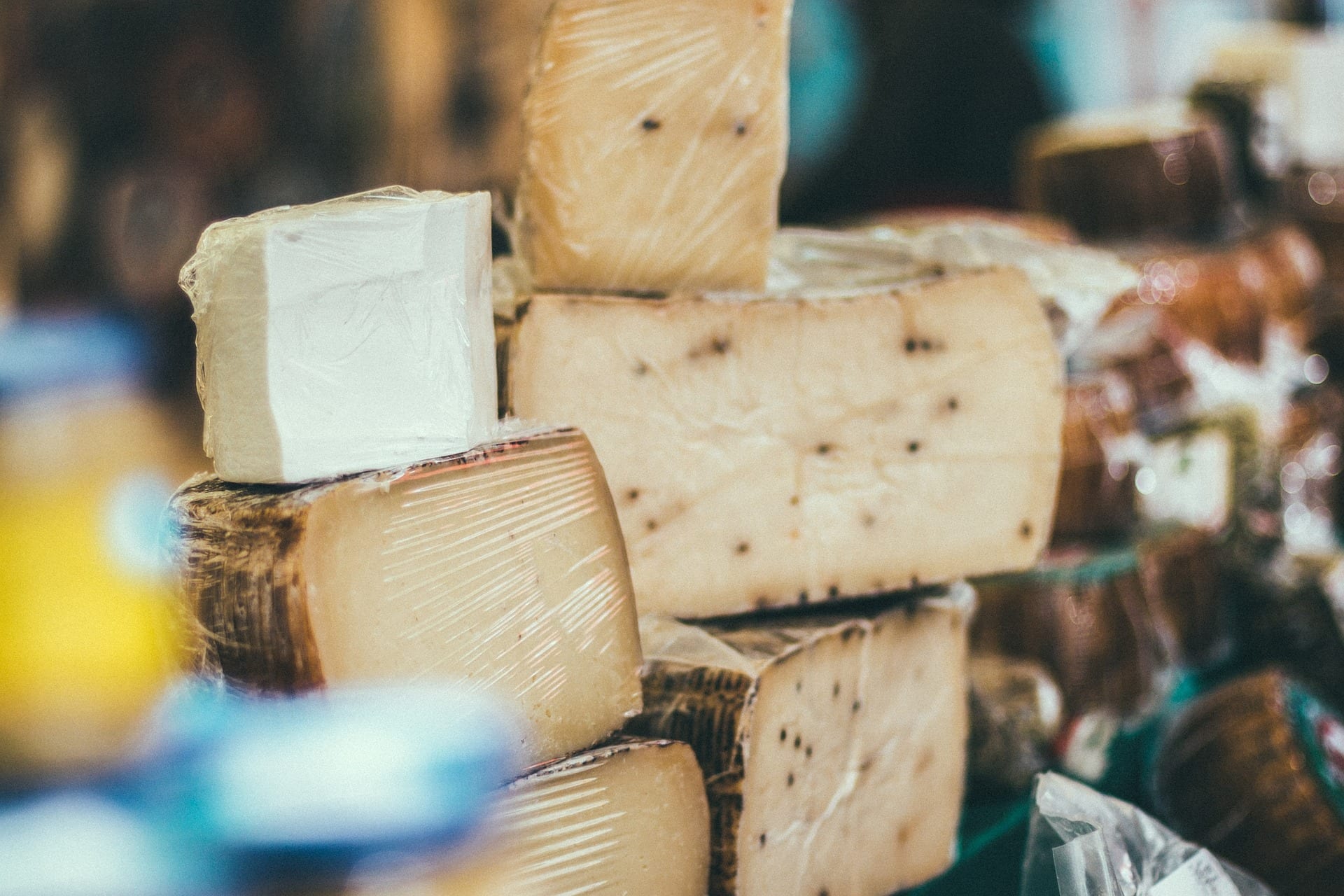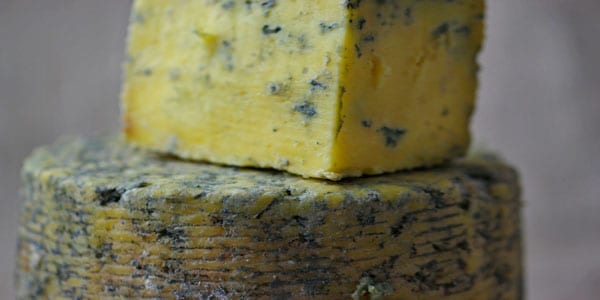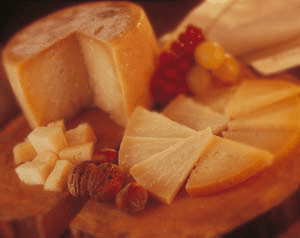
La classification of cheeses it can be seen from many points of view and they are all valid. Of course, if we leave aside the official rankings of each country. Whether for processing area or by geographical area of production. The cheese They can be divided according to different criteria.
Different classification of cheeses
Type of milk and maturation time
By type of milk, the cheeses are divided between those of cow, goat, sheep, buffalo and the combination of some types of these milks. They are called blending cheeses, that combine in most cases milk from cow, sheep and goat.
Another type of classification is by the maturation time of these cheeses. From the Tender, with a maturation of less than seven days. The semi-cured, from 20 to 35 days. Cured, from 40 to 100 days, old cheeses, from 100 to 150 days. Finally the aged, up to 270 days.
Type of preparation and type of pasta
Also exist cheese classifications by type of elaboration and type of pasta. In this case, a distinction is made between fresh cheese, melted and aged cheeses. In the latter, we find different types of cheeses. First is the soft cheese such as camembert, then the cheeses of pressed paste such as manchego and Gouda. Finally, the cheeses from blue pasta such as goats.
Taste intensity
An interesting classification from the consumer's point of view is according to the taste intensity, although it is very subjective and personal. This group is ordered between the fresh taste cheeses, like the type cheeses Burgos. After going through the cheeses of pronounced intensity what would a cheese be like gruyere. Cheeses powerful is where most of the blue cheeses. Even the cheeses of taste very strong where are the cheeses aged.
Milk treatment
Finally, we cannot forget the classification according to the treatment given to milk. Here there is two large groups: cheeses made with raw milk and cheeses made with pasteurized milk. We could add a third group in which the milk is subjected to a different treatment. It does not reach the temperature or the time of pasteurization. Possible pathogens are partially removed from the milk.







